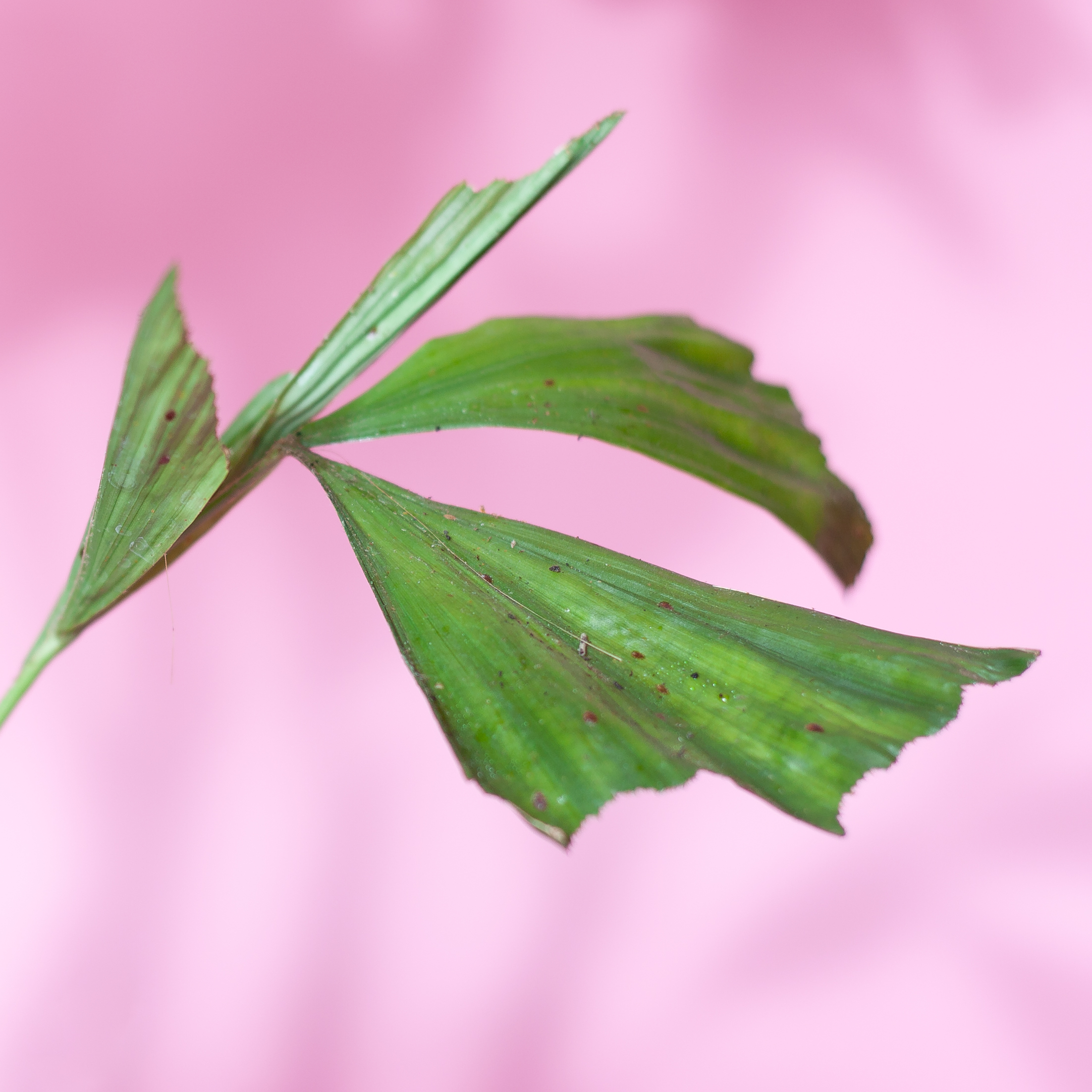
Schädlingsbekämpfung-Schildläuse-Erkennen

Schädlingsbekämpfung-Schildläuse-Erkennen
Estimated time: 30 min
Difficulty: medium
Scale insects are equipped with a proboscis. The females use this to suck out the plant sap and weaken your plant. You can recognize them as small, orange-black, flat insects. They usually sit on the plant stems and leaves and have a round back shell. An indication of a scale insect infestation is honeydew, a transparent sticky resin that lies on the infested areas like a film.


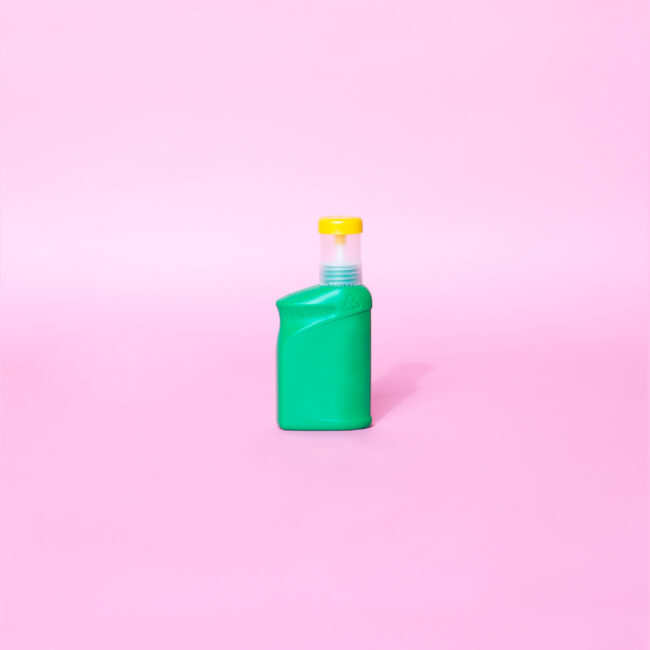



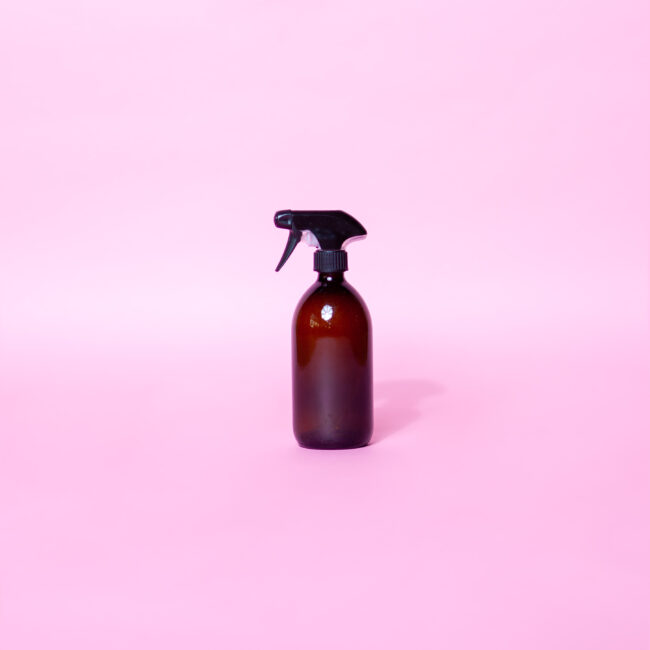
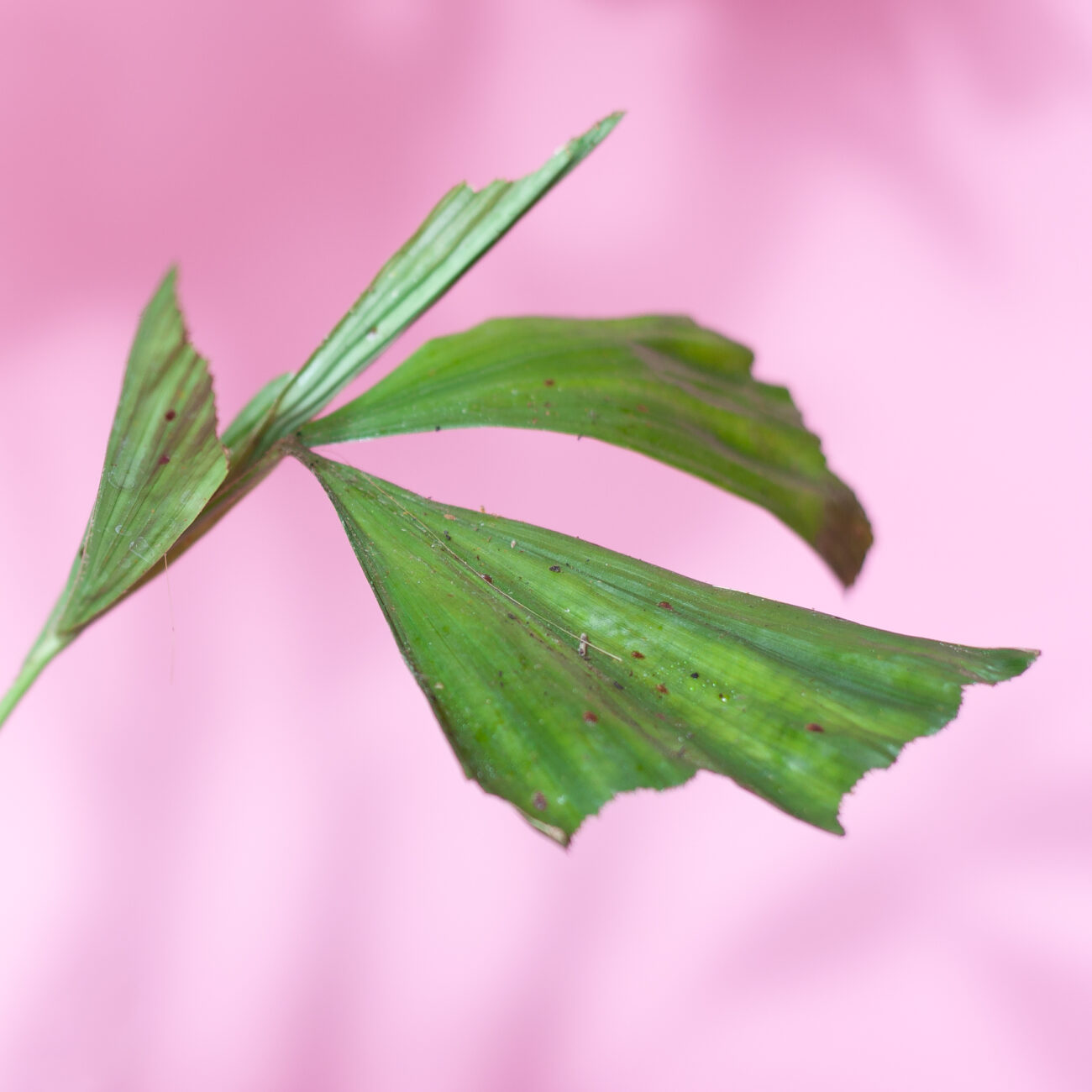
You can recognize scale insects by the small, dark, raised spots and the resinous film.
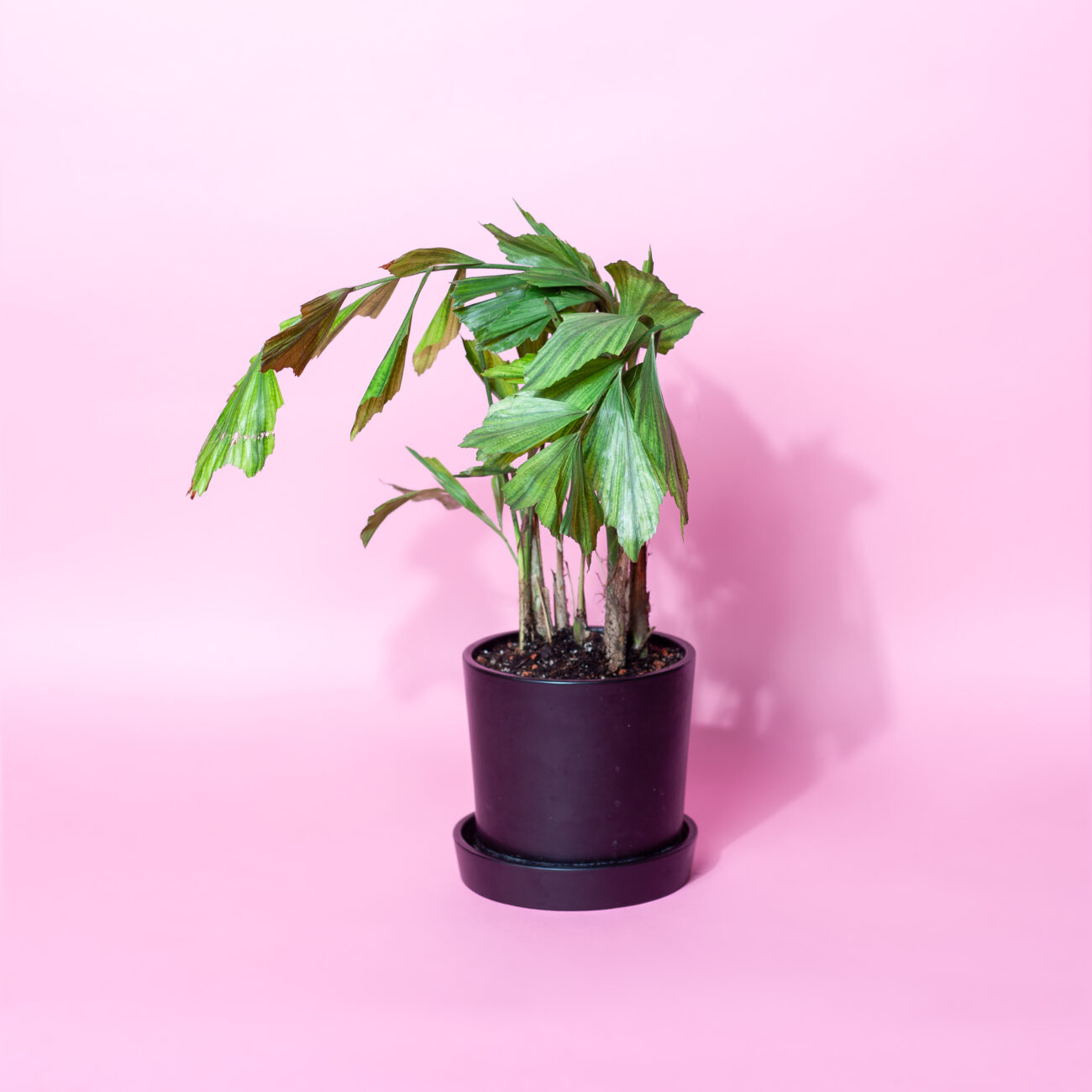
Isolate the affected plants as soon as you notice the pest infestation.
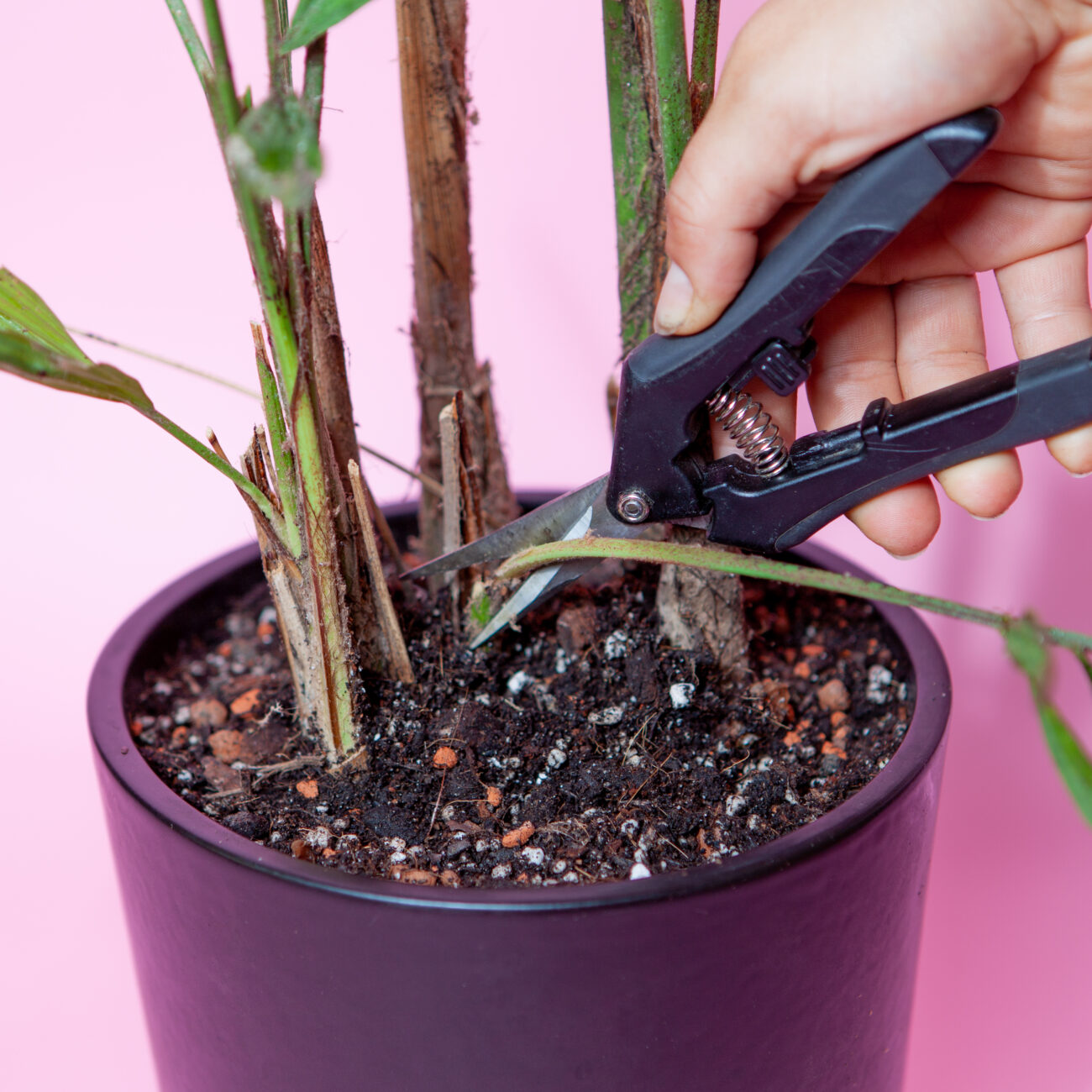
Cut off severely affected plant parts and dispose of them in the household waste (not in the compost!).
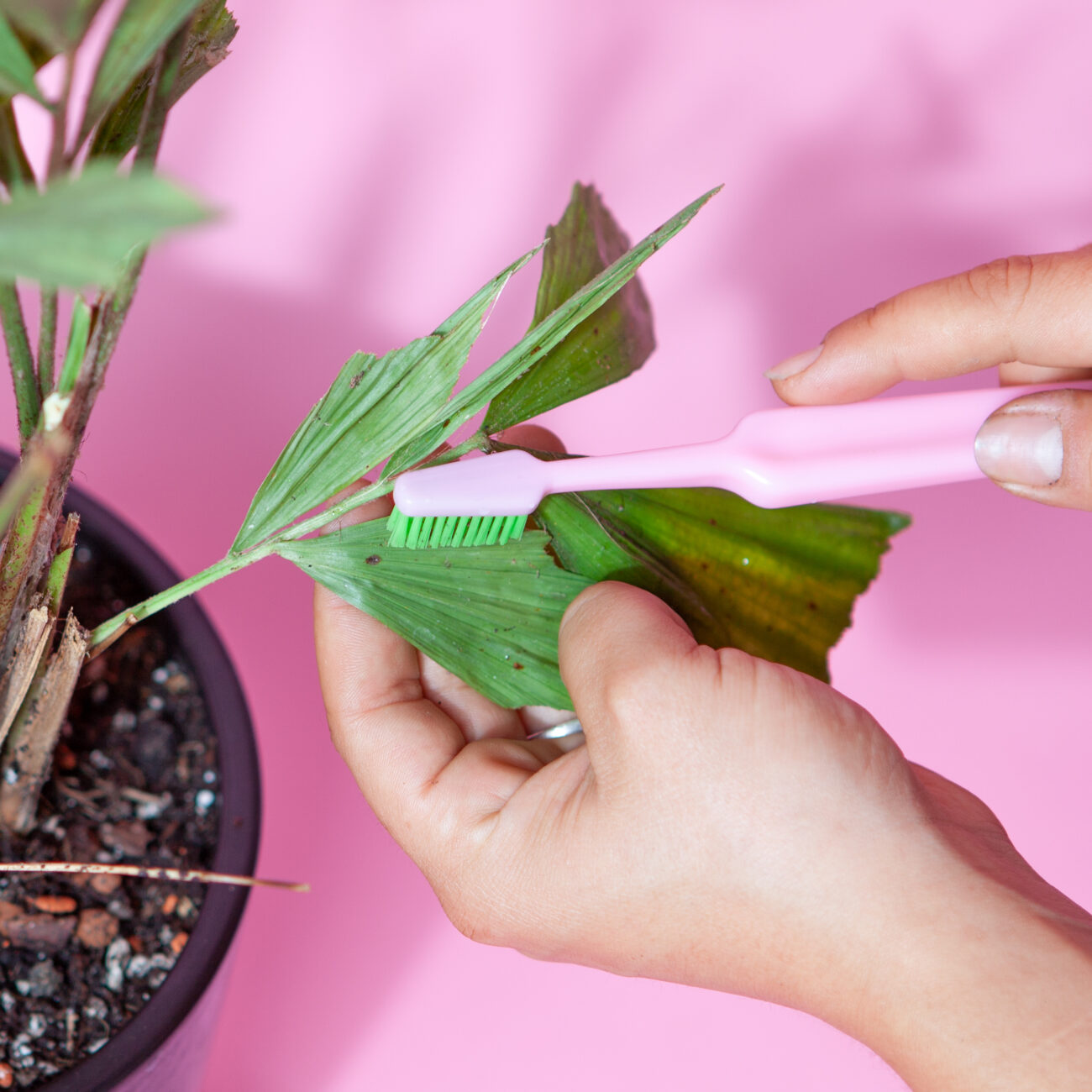
Scratch off the adult scale insects with a toothbrush.

Pour 100 ml of neem oil or 4 tablespoons of liquid coconut oil into a spray bottle with a liter of water. Shake well!
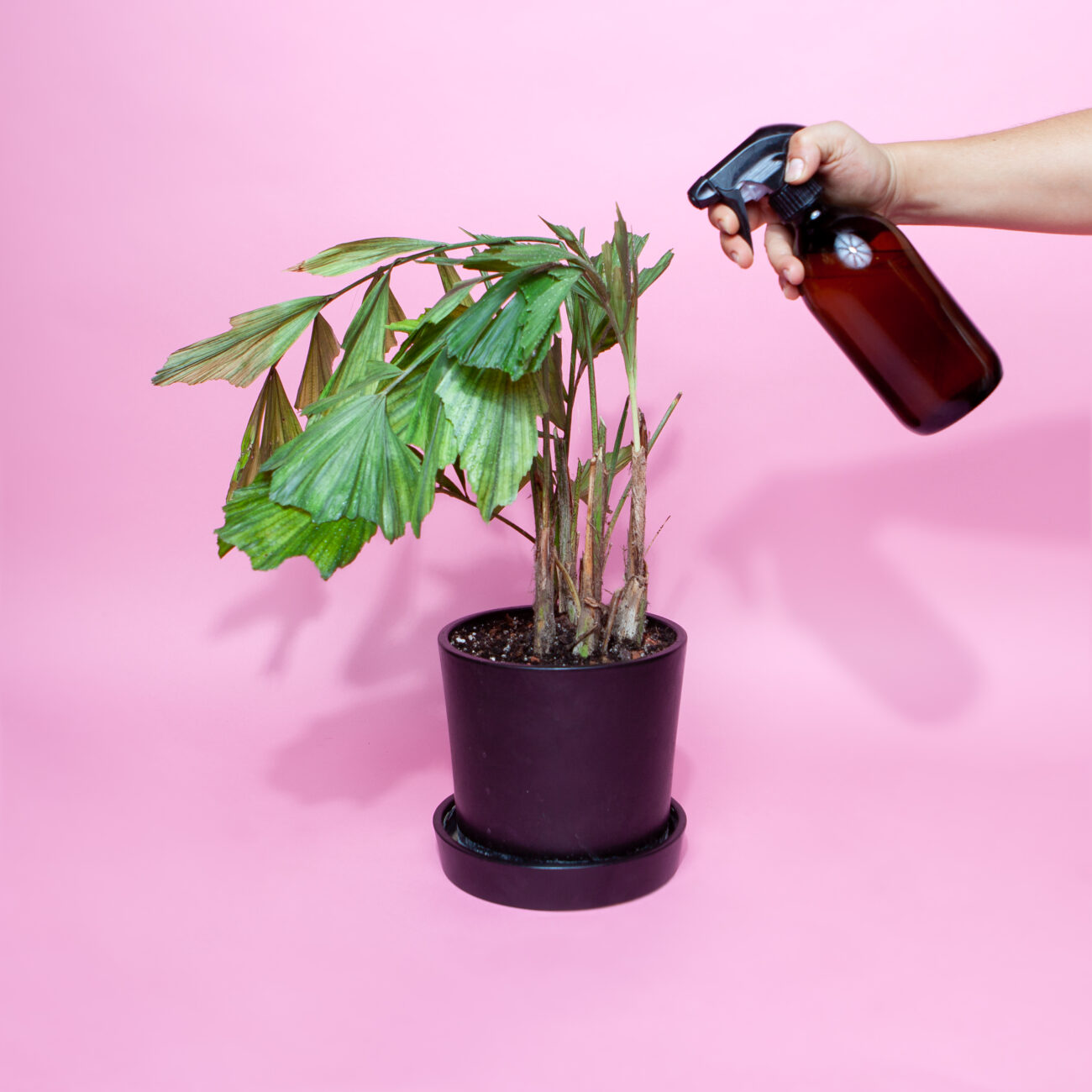
Spray it on the leaves, leaf axils and stems.
English

Pesticides are suitable as conventional insect repellents. However, the scale insects are well protected against these by their shell. Therefore, systemic agents that are mixed into the irrigation water or injected into the soil and absorbed by the scale insects via the plant sap make sense.
Pesticide spray also works if the insects are well moistened with it.

It is advisable to put a plastic bag over the plant for a few days after treatment. This prevents the pests from spreading to other plants and increases the effect of the treatment.
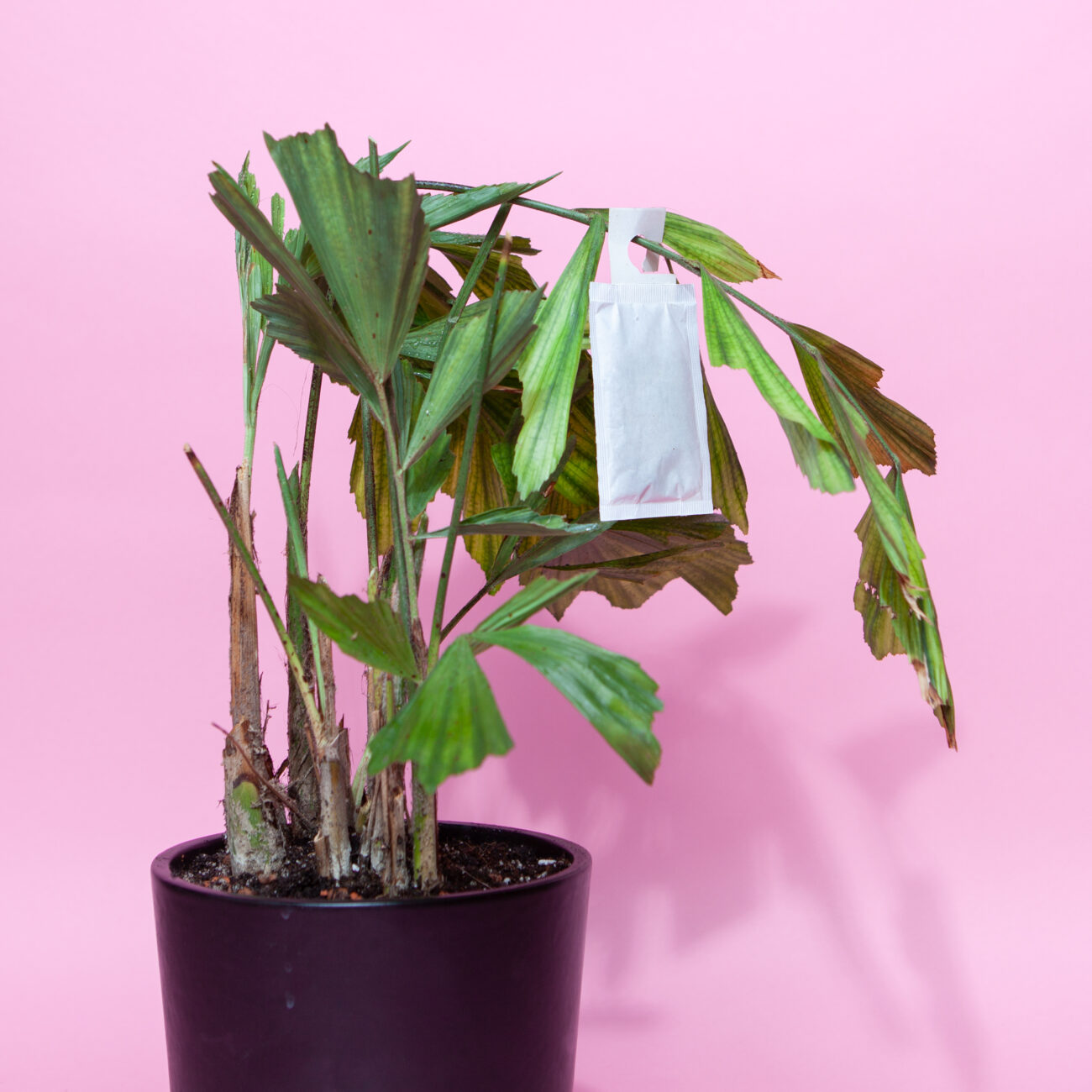
If the pests keep coming back after treatment or you don’t feel like using chemicals, beneficial insects are also a good solution. Especially if several plants are infested. However, many are specialized in individual species of scale insects. The ichneumon wasp Metaphycus helvolus takes care of most types of scale insects.
Important! Never use pesticides/household remedies together with beneficial insects. The products harm both the pests and the beneficial insects and cancel out their effect.

Does the infestation occur again and again? The main cause is incorrect care. Check our plant library to see what you can change. The soil can also be contaminated, it helps to repot your plant.
